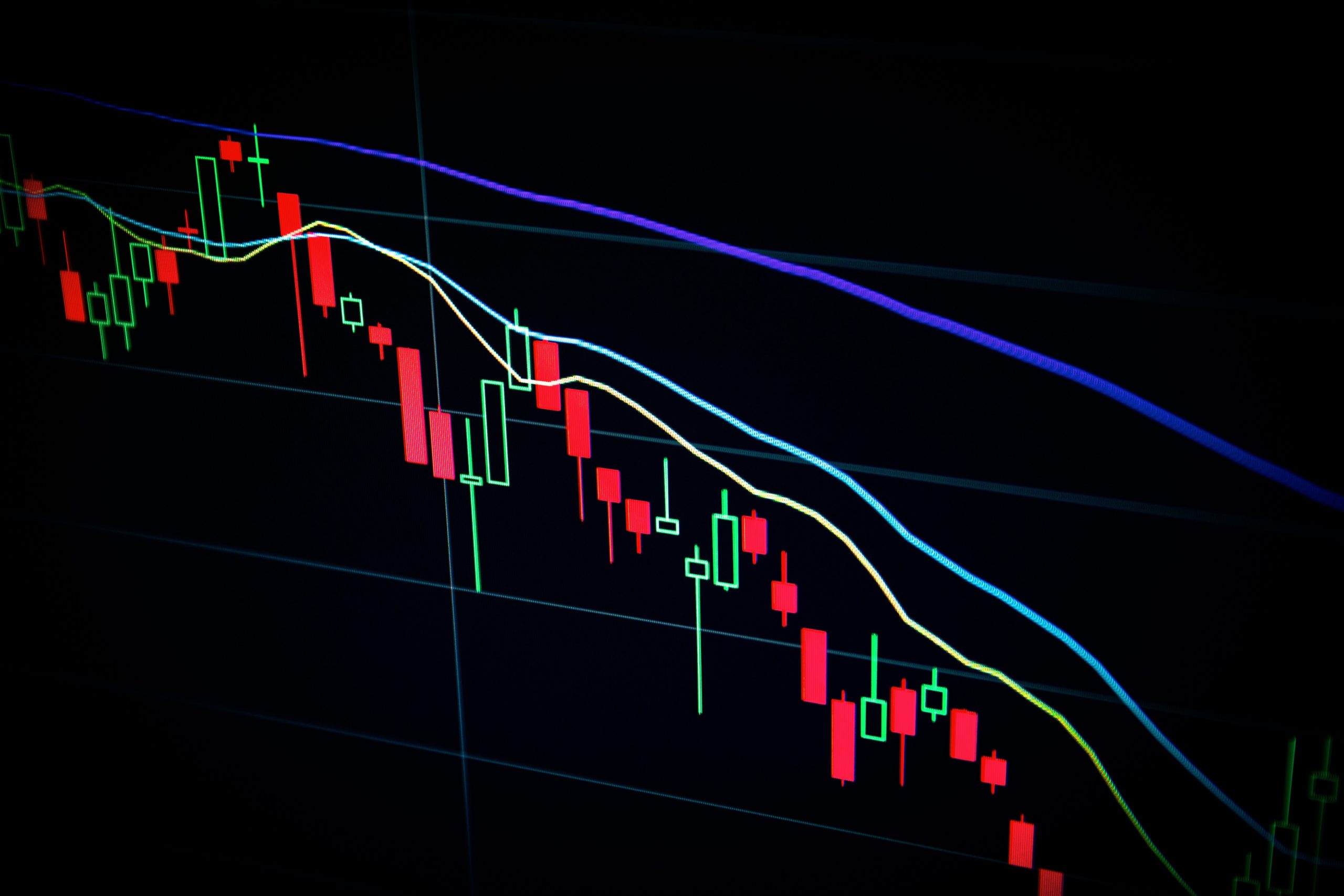The US economy has been under a microscope in the past few months as investors and analysts eagerly await signs of recovery. With unemployment rates still high and the Delta variant causing uncertainty, investors had their fingers crossed for positive news in September’s jobs report. While the numbers did bring some relief, they also brought a slight uptick in volatility to the markets. In this blog post, we’ll take a closer look at what happened after the report was released and why investors are treading cautiously as they navigate these unpredictable times.
The jobs report and its effect on the market
The jobs report for the month of March showed that the US economy added 192,000 jobs, which was slightly higher than the 185,000 that economists had predicted. The unemployment rate remained unchanged at 6.7%.
While the jobs report was generally positive, it did little to ease concerns about the overall health of the US economy. The stock market was volatile in the wake of the report, with the Dow Jones Industrial Average and S&P 500 both seeing slight declines.
Investors are still treading cautiously as they try to gauge the effect of the jobs report on the market. Many are concerned that the Fed may begin to raise interest rates sooner than expected if the economy continues to show improvement. Others believe that the strong jobs number could be a sign that inflation is starting to pick up. Either way, it’s clear that investors are still cautious about making any big moves in light of this latest economic data.
How investors are reacting
Investor confidence was shaken slightly after the release of the jobs report for September, which showed an unexpectedly high unemployment rate. However, markets have remained relatively stable, with only a slight uptick in volatility.
Many investors are still waiting to see how the situation unfold before making any major moves. They are also closely watching indicators such as jobless claims, consumer spending, and factory activity.
The jobs report has caused some concern that the economy may not be as strong as previously thought. However, it is important to remember that the unemployment rate is just one data point. The overall picture is still positive, with job growth continuing and wages rising.
What the experts are saying
Employment in the United States increased by 160,000 jobs in April, according to a report released by the Bureau of Labor Statistics on Friday. The unemployment rate remained unchanged at 5 percent.
The job gains were widespread, with notable increases in professional and business services, health care, and financial activities. Employment also continued to trend up in retail trade and construction.
The report was generally in line with expectations, though some economists had predicted a slightly higher increase in jobs. Still, the overall picture remains one of a slowly improving labor market.
“While the headline number for April was a bit lower than expected, it is important to keep perspective,” said Mark Zandi, chief economist at Moody’s Analytics. “The economy has now created an average of 205,000 jobs per month over the last three months.”
“This is well above the pace needed to hold unemployment steady,” he added. “As long as job growth continues at or near this pace, the unemployment rate will continue to grind lower.”
What this means for the future
The stock market is still trying to decide what to make of the jobs report.
Some traders were expecting a bigger number, given the strong run of economic data in recent months. But others believe that the jobs report was just a blip on the radar and that the overall trend is still positive.
So what does this all mean for the future?
For now, it looks like investors are going to tread cautiously. They’re not ready to commit to any major moves just yet, but they’re also not ready to abandon ship entirely.
This could mean that we see more volatility in the markets in the short term as investors try to figure out where things are headed. But eventually, they’ll start to feel more confident about making bigger bets again.
Conclusion
All in all, investors should remain cautious and be aware of the current situation as it can rapidly change. As seen with the US stock markets being slightly volatile after the jobs report, any news or event may cause unexpected ups and downs that could significantly affect one’s portfolio over time. Therefore, investors are advised to understand their personal goals and risk tolerance before taking any decisions which could potentially have long-term repercussions.




